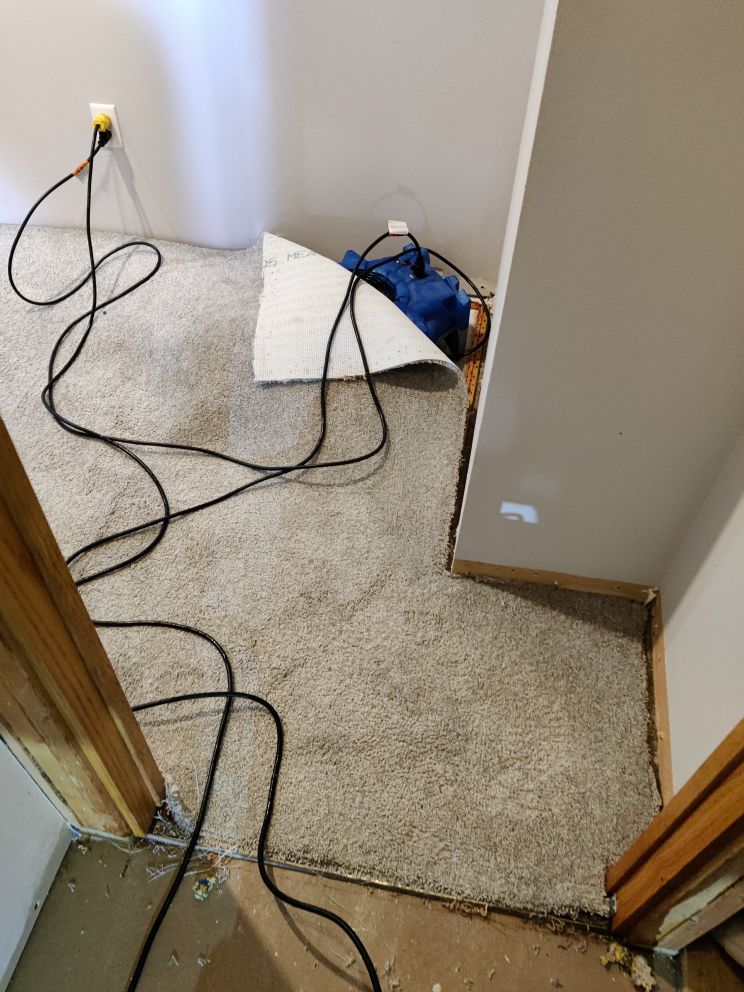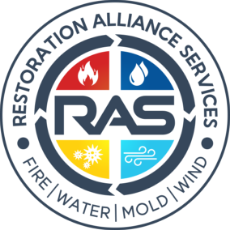 A disaster recovery plan (DRP) is essential for Minnesota businesses to ensure business continuity in the event of a disaster, whether natural (floods, severe storms, snowstorms) or man-made (fires, power outages). This plan outlines procedures and guidelines to recover critical operations and minimize downtime. Below is a framework tailored to Minnesota businesses, addressing regional challenges and focusing on physical disaster preparedness.
A disaster recovery plan (DRP) is essential for Minnesota businesses to ensure business continuity in the event of a disaster, whether natural (floods, severe storms, snowstorms) or man-made (fires, power outages). This plan outlines procedures and guidelines to recover critical operations and minimize downtime. Below is a framework tailored to Minnesota businesses, addressing regional challenges and focusing on physical disaster preparedness.Disaster Recovery Plan for Minnesota Businesses
A disaster recovery plan (DRP) is essential for Minnesota businesses to ensure business continuity in the event of a disaster, whether natural (floods, severe storms, snowstorms) or man-made (fires, power outages). This plan outlines procedures and guidelines to recover critical operations and minimize downtime. Below is a framework tailored to Minnesota businesses, addressing regional challenges and focusing on physical disaster preparedness.
1. Risk Assessment & Identification
Before developing a recovery plan, assess the potential risks your business could face. For Minnesota businesses, common risks include:
- Severe Weather: Snowstorms, floods, tornadoes, and freezing temperatures.
- Fires: Both natural and man-made.
- Power Outages: Often caused by storms or grid failures.
- Supply Chain Disruptions: Especially relevant during harsh winters or disasters.
Identify the impact each risk would have on your business operations, technology, and personnel.
2. Critical Business Functions
Determine which business functions are critical to your operations and must be restored first in the event of a disaster. These include:
- Customer Service: Communication channels like phone lines, emails, and chat systems.
- Financial Operations: Payroll, accounts receivable/payable, and invoicing.
- Data and Technology Systems: IT infrastructure, cloud backups, websites, and order systems.
- Supply Chain Operations: Coordination with suppliers and delivery schedules.
Make a priority list of these functions to restore after a disaster.
3. Communication Plan
Effective communication is crucial during a disaster. Outline a clear communication plan for internal and external stakeholders.
-
Internal Communication: Ensure there is a way to quickly inform employees of the disaster, safety measures, and next steps. Use phone trees, mass texts, or emergency apps.
-
External Communication: Designate a spokesperson to communicate with customers, partners, and suppliers. Draft templates for press releases, social media updates, and emails in case of a disruption.
-
Emergency Contacts: Maintain an up-to-date list of contact information for employees, vendors, utility companies, local authorities, and disaster recovery specialists.
4. Data Backup and IT Disaster Recovery
Minnesota businesses should implement robust IT recovery measures, especially since weather-related disasters like snowstorms or floods can damage hardware and disrupt operations.
-
Cloud Backups: Regularly back up all essential business data to a secure, offsite location such as a cloud server. Ensure backups happen daily or in real-time for mission-critical systems.
-
Redundant Systems: Implement redundant servers in geographically dispersed locations to ensure that systems can be switched over in case of local failures.
-
Recovery Timeline: Define the Recovery Time Objective (RTO) and Recovery Point Objective (RPO) for critical systems. RTO dictates how long the business can function without the system, and RPO identifies how much data loss is acceptable.
5. Physical Disaster Response and Facilities Recovery
For Minnesota businesses, physical facilities are at risk from natural disasters like floods, snow damage, and fires.
-
Safety Procedures: Develop evacuation plans for employees in case of emergencies. Clearly mark exits and have safety drills regularly.
-
Facility Inspection: Work with restoration and cleanup services to assess damages and perform structural repairs. Establish contracts with restoration companies for quick response times, especially for water, fire, and storm damage cleanup.
-
Alternative Worksites: In case the primary facility is compromised, identify backup locations or the ability to switch to remote work. Ensure remote access to systems and data.
6. Insurance Coverage
Ensure that your business is fully covered for potential disasters. Types of insurance that Minnesota businesses should consider include:
- Property Insurance: Covers damage to physical buildings and contents.
- Business Interruption Insurance: Covers loss of income due to a disaster that forces you to close.
- Flood and Storm Insurance: Minnesota businesses, especially those in flood-prone areas, should ensure coverage includes floods and other natural disasters.
Review your insurance policies regularly and confirm that they align with your current risks.
7. Vendor and Supply Chain Management
Your business may rely on third-party vendors for essential supplies and services. Ensure that key suppliers have their own disaster recovery plans in place and establish backup vendors where necessary. Communicate with vendors regularly to ensure that they are capable of fulfilling obligations in the event of a disaster.
8. Employee Safety and Support
Minnesota winters can present unique safety challenges, particularly for employees commuting in icy or snowy conditions. Develop guidelines to ensure employee safety, including:
-
Remote Work Protocols: Have a clear plan for transitioning to remote work in cases where travel is dangerous or facilities are compromised.
-
Employee Assistance: Offer support, such as temporary housing or financial assistance, to employees impacted by disasters.
9. Test and Update the Plan
Regularly test your disaster recovery plan to ensure its effectiveness. Conduct simulated drills for both physical disasters and IT failures. After each test, gather feedback and make necessary updates to the plan. This is especially important as your business evolves or new risks emerge.
10. Partnering with Disaster Recovery Experts
Consider partnering with a professional disaster recovery service, like Restoration Alliance Services, to provide rapid response and expert assistance. Restoration services can help with:
- Water and storm damage cleanup.
- Fire and smoke damage restoration.
- IT recovery services for technology-related disasters.
Having a reliable partner ensures that you can minimize downtime and get back to business as quickly as possible.
Conclusion
A well-thought-out disaster recovery plan can be the difference between a temporary setback and a long-term business closure. Minnesota businesses face unique risks, especially from severe weather, and should be proactive in preparing for various scenarios. By implementing a comprehensive disaster recovery plan, businesses can protect their operations, data, and employees, ensuring quick recovery and continuity.
https://waterdamageras.com/blog/
